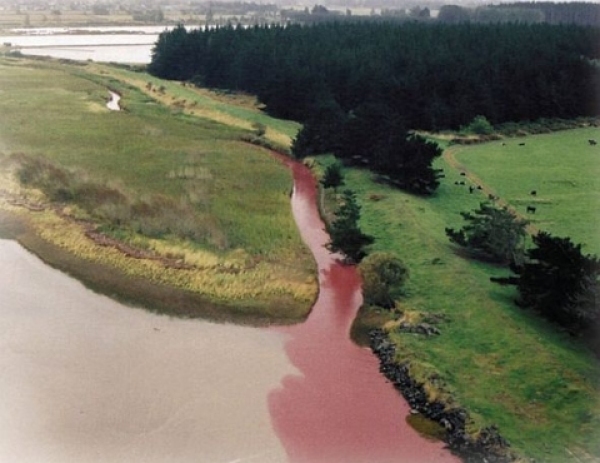Reasonable mixing is the amount of pollutant that can be discharged into a mixing zone.
The size of a mixing zone depends on the results of environmental testing. During testing, ecologists try to establish what level of pollutant can be discharged at safe levels. They might measure the effects of contaminants on fish migration, slime growth, water quality and clarity, and how quickly effluent disperses in the receiving water.
The tests contribute to statistical modelling and assist mapping of contaminant concentrations in the plume downstream from the outfall of a mixing zone. Regional councils can then develop definitions of reasonable mixing for various pollutants. For example, the Auckland Regional Council has set the reasonable mixing level for discharges of ammonia content in dairy washwater at 30 times the width of the receiving water downstream and 1/3 the width across.

